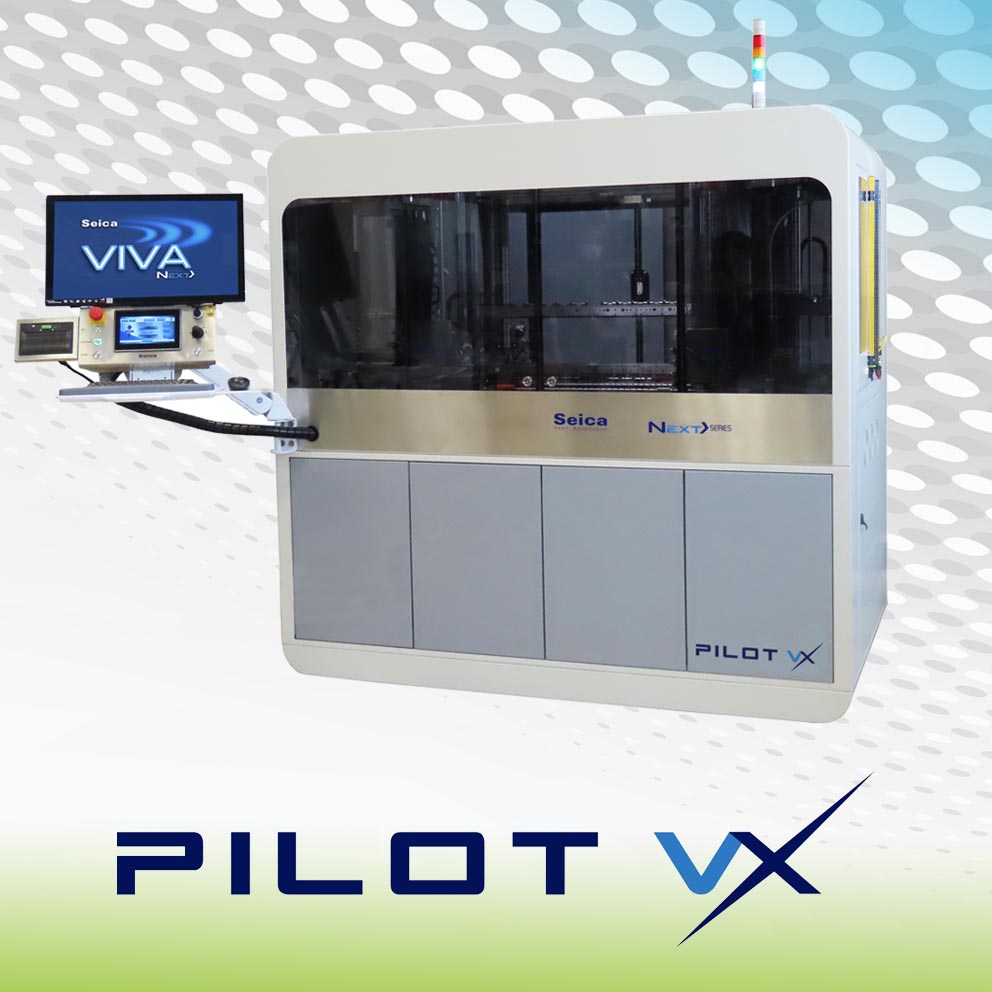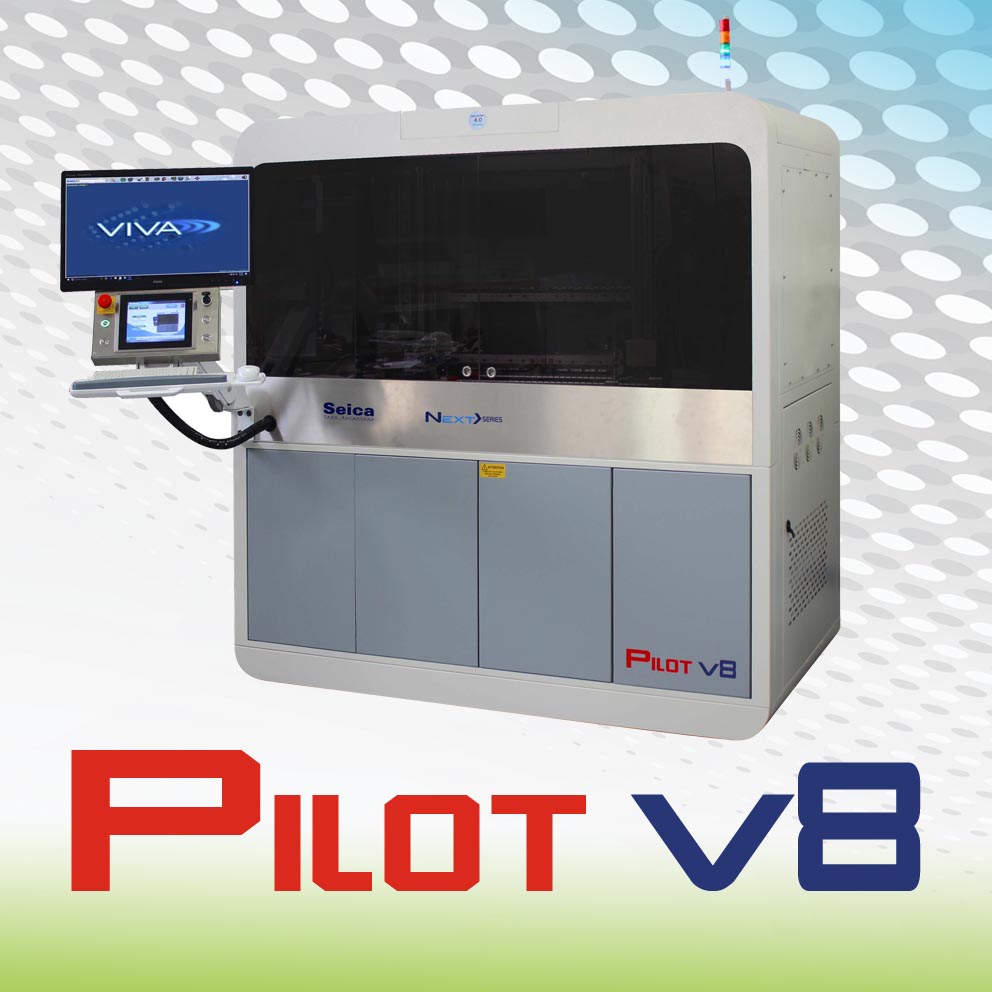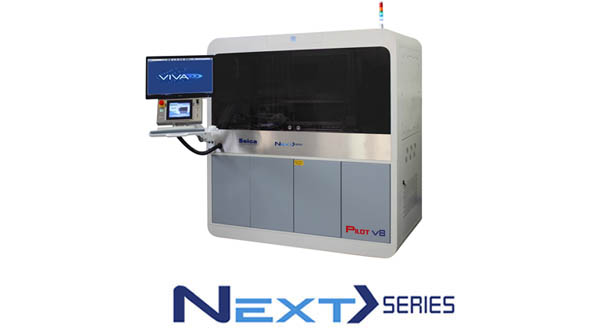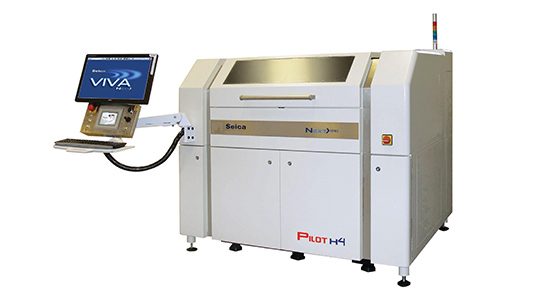FLYING PROBE TEST
PILOT NEXT>Series line
is the new generation of seica solutions flying probers with a sleek,
modern look and the most innovative technology around.
PILOT NEXT>Series is the new generation of flying probers featuring a renovated and sleek look thanks to the premium materials of the chassis, and innovative electrical worth discovering performances, undoubtedly the most complete flying probing test platform on the market.
All the PILOT NEXT> testers feature the Industrial Monitoring solution “4.0 ready” by Seica, to monitor current absorption, supply voltage, temperature, light indicators and other parameters useful to indicate the correct operation, to ensure predictive maintenance and make the systems compatible with the standards of the fourth industrial revolution ongoing nowadays.
The flying probe test systems PILOT NEXT> offer a vast series of solutions that are designed to optimize the “time” dimension while maintaining the highest level of test quality.
ADVANTAGES OF FLYING PROBE TEST:
– Eliminates fixturing costs and time
– Fast test program development, easy integration of design changes
– Process flexibility
– Circuit access, even in the absence of test points
– Controlled probe contact, programmable for any type of board
– Different test solutions and approaches integrated in a single test system
– Intrinsic positioning and measurement precision
THE DIMENSION OF TIME IN FLYING PROBE
The dimension of time in the test of electronic boards and modules has a multi-faceted effect on the efficiency of the test process. It is fundamental in determining the added value it brings to the final product, which is paramount in today’s extremely competitive global market.
Consider test program development time, test execution time, digital component programming time, handling time and, last but not least, the time required to repair boards when the process has not been sufficiently monitored. Put all of this together with the challenges presented by the increasingly faster technological evolution of electronic products in terms of performance and cycle times, and it is easy to see that the dimension of time is an essential factor in the equation.
DIFFERENT ARCHITECTURES FOR DIVERSE SOLUTIONS IN FLYING PROBE
The PILOT NEXT offers architectural solutions, each one optimized for a specific type of application scenario:

PICTURE
PILOT VX

Animation
PILOT V8

PICTURE
PILOT V8 XL

Youtube Video
PILOT V8 XL HR

PICTURE
PILOT V8 HF

PICTURE
PILOT H4 MANUAL & AUTOMATIC

Animation
PILOT BT FOR EV BATTERY TEST

Youtube Video







